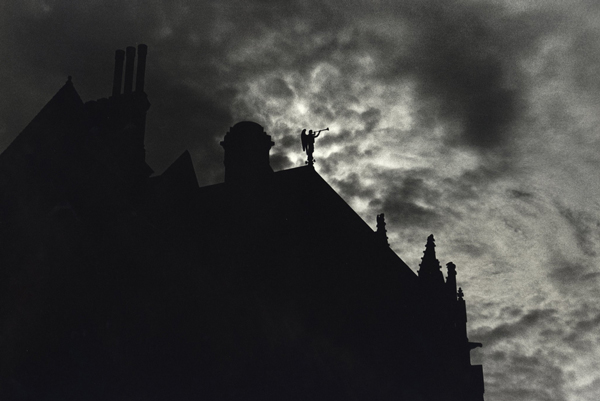
Harlem, New York, 1992. Shawn Walker/Courtesy of Steven Kasher Gallery
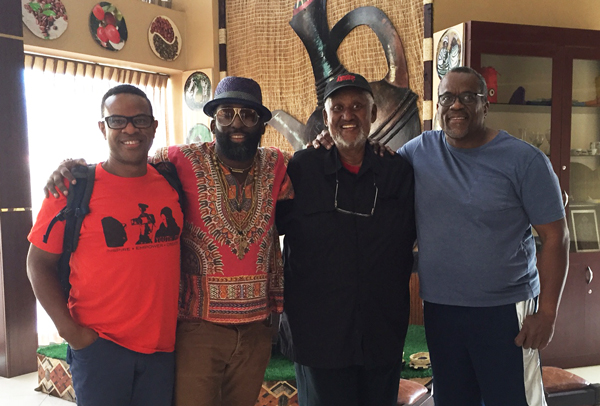
(l to r) Thomas Allen Harris with Russell Frederick, Shawn Walker and Robert Naylor in Ethiopia
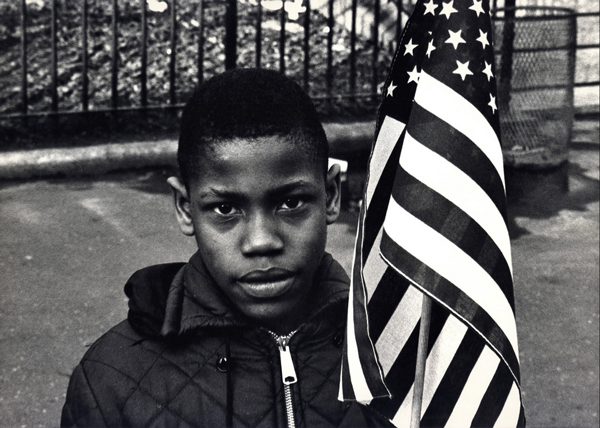
110th Street, Harlem, New York, circa 1970. Shawn Walker/Courtesy of Steven Kasher Gallery
Deborah Willis, historian and Producer of Through a Lens Darkly: Black Photographers and the Emergence of a People, says of Walker’s work and Kamoinge, “The photographs are a rich contrast to the ‘headline’ images that have circulated worldwide about black communities known only as the roughest and toughest neighborhoods to live in…I consider these photographs to be a mosaic of the black experience; they expand our consciousness and challenge what we think we know about black life.” As the art historian Erina Duganne observed in an article on the diversity of the group’s imagery, “rather than speak for African Americans as a group or act as a corrective lens, the Kamoinge members used their photographs to explore how the particularities of their individual circumstances — including their collective experience of racial difference — informed and complicated their art.”
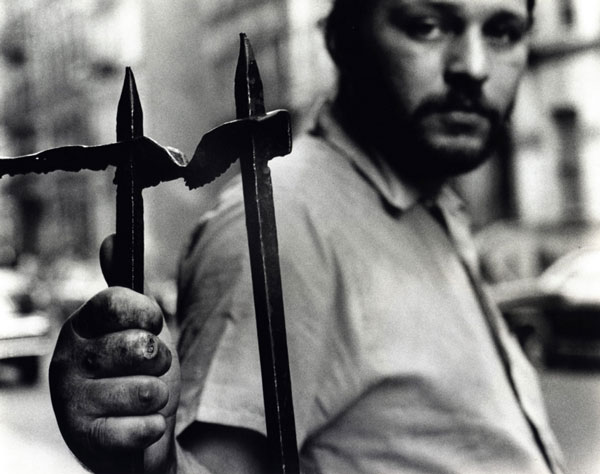
117th Street, Harlem, New York, circa 1980. Shawn Walker/Courtesy of Steven Kasher Gallery
“A Photographer’s Search for the Magic in Everyday Life”
Published by Maurice Berger, Jan. 9, 2018
As a young man growing up in Harlem, Shawn Walker was shaped not just by what he saw at museums, but also what he heard in clubs. “I grew up as a jazz kid,” Mr. Walker, 77, said. “I heard all the avant-garde players, major influences like John Coltrane and Lee Morgan… Jazz takes something ordinary and changes it. Jazz was the background music to my life.”
These influences led him to see photography as more than just visual reporting. As a founding member of the Kamoinge Workshop, the influential black photo collective, he was inspired by his colleagues, especially Roy DeCarava. “Roy opened my eyes to photography as art,” recalled Mr. Walker. “I’ve always considered myself an artist. It’s not just talking about a social condition. I’m trying to approach it artistically.”
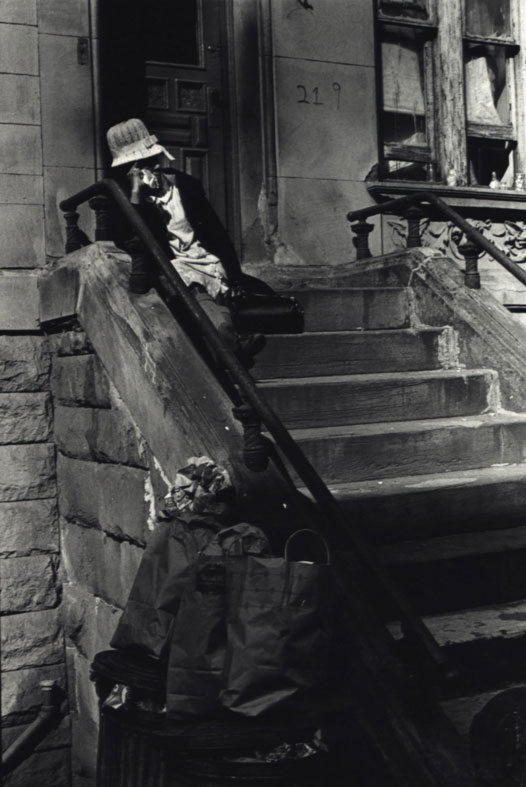
Harlem, New York, circa 1965. Shawn Walker/Courtesy of Steven Kasher Gallery
With a career spanning half a century, Mr. Walker is just now having his first retrospective in a show opening this week at New York’s Steven Kasher Gallery. The images reflect his belief that “photography has always been magic” for him, ever since his teenage years in Harlem, with his uncle, a photographer, being an early influence. He pursued his passion at Benjamin Franklin High School in East Harlem, which had a photography program and darkroom.
Mr. Walker refers to his photographs as “found images,” echoing the surrealist concept of the found object — a random artifact that inspires deeper aesthetic or cultural meaning. “I always wanted to make the distinction that I’m not creating images,” he said. “These are images that I find, that catch my eye, that I see something I’m interested in”
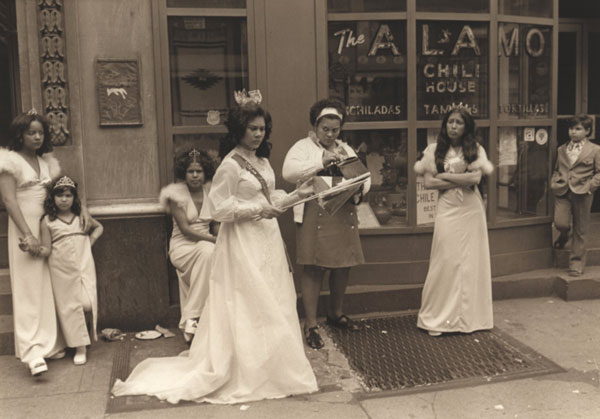
44th Street, New York, New York, 1970. Shawn Walker/Courtesy of Steven Kasher Gallery
“I always want to be recognized as a black photographer,” Mr. Walker said. “I am an African American first and a photographer second. I derive my creativity from an African aesthetic.” His photographs reflect this sentiment, examining everyday black life and exploring its culture with a depth rarely seen in mainstream art. It was extremely important, he said, to “have people see themselves photographed by their own kind.”
For Mr. Walker, who was a picture editor of the pioneering Black Photographer’s Annual from 1973 until 1980, photography can tell us much about the world in which we live and the ideals to which we aspire. “I look for truth within the image, for the multi-layers of existence, for the ironies that are our everyday lives,” he wrote in an artist’s statement. “I try to reflect on the positive aspects of my community and to see the relationship between various communities of color. My work reflects a black aesthetic, but tries to speak to everyone.”
Read the full New York Times feature here.
Shawn Walker
Exhibition: January 11th – February 24th, 2018
Steven Kasher Gallery
515 West 26th Street
New York, NY 10001
No comments yet.